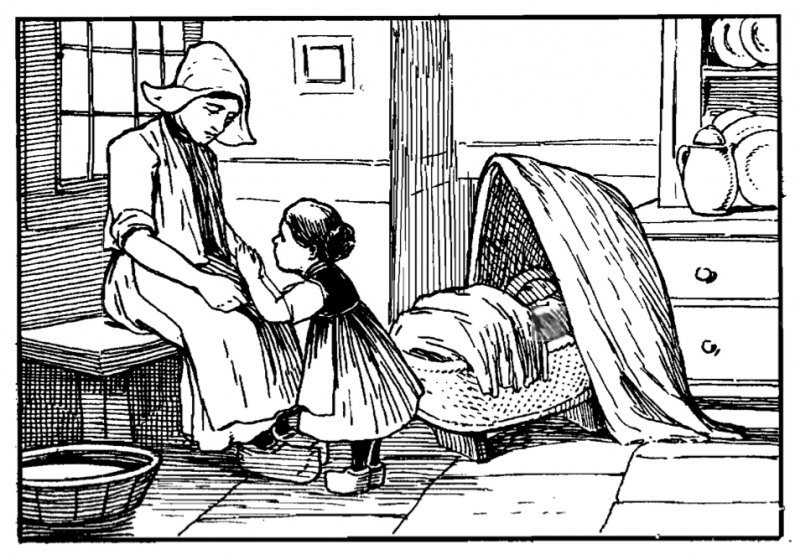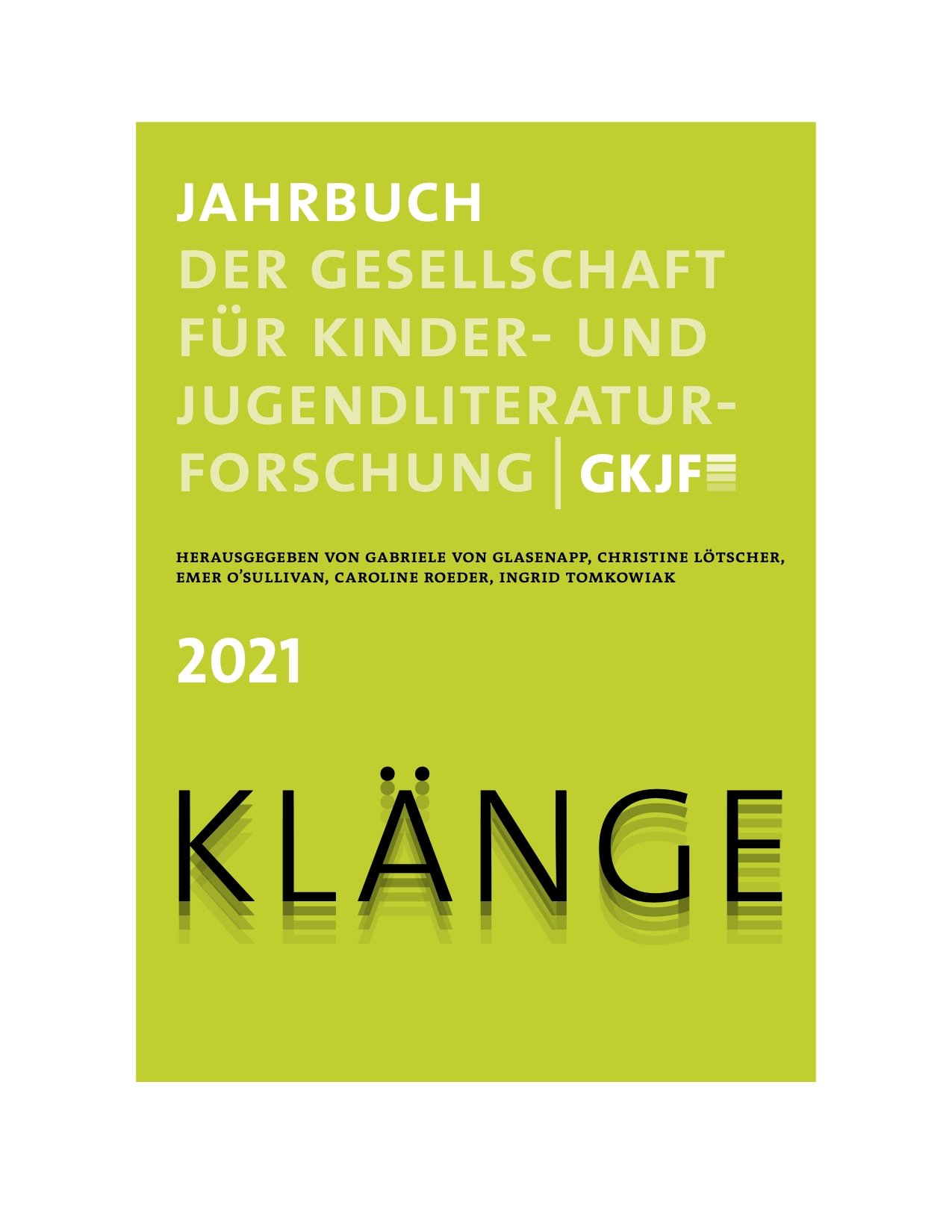You can now read another article of mine, a labor of love that’s been in the works for about a year now. It’s through Textes & Contextes, a journal connected to the Interlanguage Center at the University of Burgundy. The theme is “Lullabies: Historic and Cultural Circulations, Transmissions of the Intimate,” and considers the lullaby writ large as a transcultural and mobile expression of intimacy. My contribution to the discussion it entitled “Instrumental Lullabies and 19th Century Representations of Childhood, Girlhood, and Motherhood,” and examines lullabies that have been recontextualized several times over, not functional in their original care-taking sense, and not performed in adult performance contexts as art songs or virtuosic berceuses. These are instrumental lullabies that children practice and perform in their own homes, imaginatively playing out roles of childhood, girlhood, and (future) motherhood. I look at the dynamics of performance as self-regulation, the roles of mothers as domestic teachers, and adult mimicry in musicalized doll play. My final section looks at examples that have more problematic depictions of lullabies, both by female composers from the USA, Florence Newell Barbour and Juliet Adams, aka Mrs. Crosby Adams. The latter is particularly interesting for her pedagogical perspective which she articulated in a wealth of publications, journals, and letters. I’d like to make a larger project of her in the future.
Publication Announcement: GKJF "Klänge"
This autumn you’ll be able to read my latest peer-reviewed publication in Jahrbuch der Gesellschaft für Kinder- und Jugendliteraturforschung [Yearbook of the Society for Children’s and Youth Literature Research]. The journal’s theme is “Klänge” which translates to “Sounds” (and also happens to be the title of an important 1913 poetry + woodcuts book by Wassily Kandinsky), and provided the perfect context for presenting my research on the socializing pressures of imaginative children’s music. My article is entitled “The Guiding Hand: Hidden Adult Authority in Children’s Piano Music” (pp. 51–65) and provides cultural context and analysis of pieces by Robert Schumann, Cornelius Gurlitt, and Théodore Lack. I here extend ongoing research that I first presented at the IRSCL Congress in Stockholm, particularly in consideration of the pianistic dramatizing of the French bogeyman figure Croquemitaine. Because it is accessible online, we were able to include links to performances so you actually hear the “sounds” of the music.


